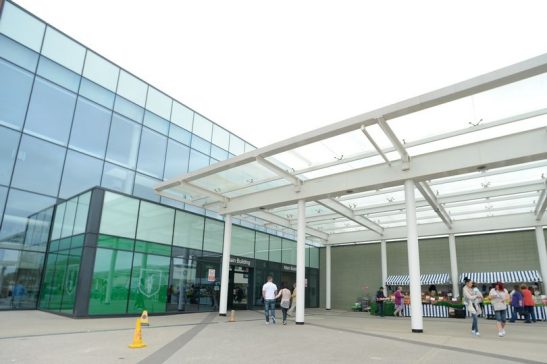NHS invests £2m to create extra 45 beds at Royal Stoke University Hospital to cut A&E waiting times
Forty-five extra beds are to be created at the region’s biggest hospital as part of a £2 million investment to speed up A&E waiting times for thousands of patients.
The Royal Stoke University Hospital has today announced it will increase the size of 12 wards by three or four beds by adapting underutilised day rooms and bathrooms in the Main Building.
Work has already started on converting the spaces and all the additional beds will be ready by January.
It is hoped the move will benefit around 5,000 people and help the hospital hit the national four-hour target for patients to be seen.
Chief executive Paula Clark said: “The experience of waiting in A&E for long periods is far from ideal and I want to see significant progress in this area.
“We simply don’t have enough beds at the moment, so this investment really will help improve the overall experience of our patients as we move into what is likely to be a very busy winter.
“Getting patients into a bed in quickly is only part of the equation, we still need help from other NHS and social care partners to ensure people are discharged in a timely way, but this is an important piece of the jigsaw.”
Of the 45 new beds, two will be available for children in the Children’s Centre, 30 beds will be created for medical patients and a further 13 beds for specialist services.
While the work is carried out there will be fewer beds for the first month but the number will gradually increase. To offset this, the hospital is using Jackfield Ward at Haywood Hospital in Burslem.
NHS bosses have warned patients may have to move wards but has pledged to keep disruption to an ‘absolute minimum’.
Medical director Dr John Oxtoby said: “The additional bed capacity will be created through the conversion of largely unused day rooms and assisted bathrooms that are currently being used for storage. From a clinical perspective converting these under-utilised spaces is absolutely the right thing to do for our patients.”


Add Comment
Comments